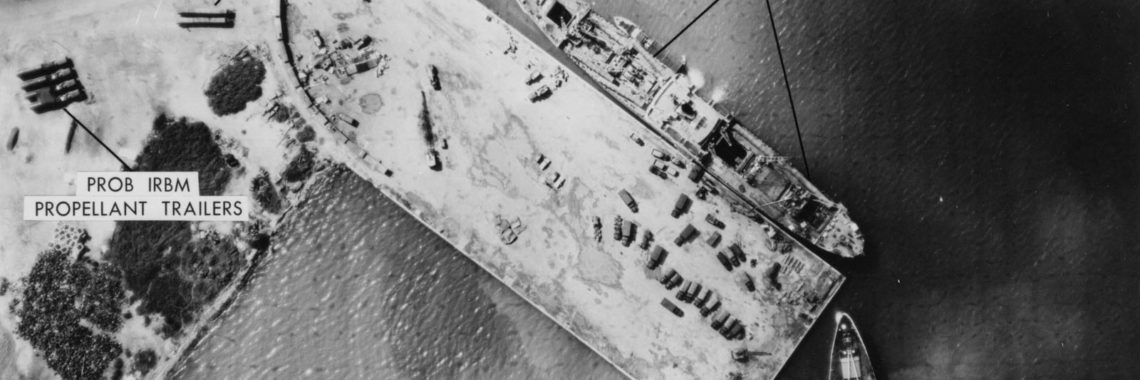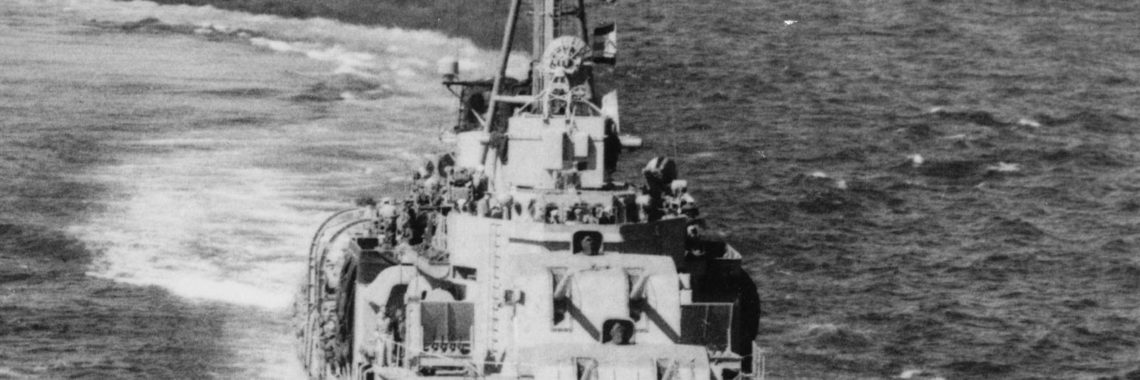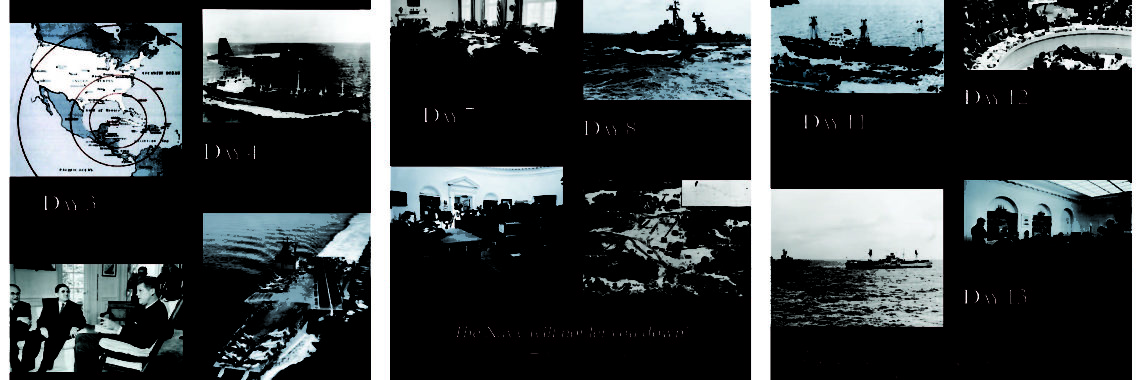Video Commemorates Cuban Missile Crisis 50th Anniversary
Fifty years ago, the world held it’s breath. When Navy reconnaissance jets and U-2 spy planes confirmed the existence of Soviet nuclear missile bases under construction in Cuba, the United States demanded their removal and instituted a naval quarantine of the island. The 13 days at the end of October 1962 came to be called





